 |
| People's Artist Vuong Duy Bien |
Reporter : Sir, in the current context of globalization and digital transformation, how do you evaluate the role of cultural heritage in promoting national identity and contributing to building Vietnam's cultural soft power through creative technology platforms?
People's Artist Vuong Duy Bien:
Cultural heritage, including both tangible and intangible heritage, is the soul and source of Vietnamese national identity. In the era of globalization and digital transformation, heritage not only needs to be preserved but also activated through creativity and technology to create soft power for the country.
Culture is no longer a supporting factor but a pioneering force in defining the country’s image. Vietnam’s heritage, with its thousands of years of history, is a solid foundation for building sustainable soft power. Elements such as xoan singing, ancient cheo stories or village communal houses, when combined with contemporary art and technology, will create a vivid, accessible and globally-resonant experience.
Creative technology is not only a tool, but also helps to "decode" heritage, turning traditional values into interactive cultural products, attracting young people and international audiences. Virtual museums, digital stages or smart cultural applications are typical examples of how heritage can come alive in the digital space without losing its identity.
Soft power depends not only on the amount of heritage we possess, but also on how we tell our stories to the world. National identity needs to be spread. When heritage becomes a source of inspiration for art, design, cinema, fashion or architecture, Vietnamese culture will "sublimate" in the global flow.
The future of Vietnamese heritage lies not in preserving its original state, but in the ability to dialogue between tradition and modernity, between profound culture and advanced technology. This dialogue will help Vietnamese culture spread strongly and integrate.
Reporter: Sir, as someone deeply attached to national culture, how do you perceive the role of cultural heritage in the current tourism development of Thai Nguyen?
People's Artist Vuong Duy Bien:
I often say that without culture, tourism is just a series of steps without emotions. With the new Thai Nguyen - a geographical and cultural space expanded from Thai Nguyen and Bac Kan - culture is not only a fundamental factor, but also the soul that creates a unique, uncopyable tourism identity.
From ATK Dinh Hoa to ATK Cho Don, every inch of land bears the footprints of Uncle Ho and our ancestors in the journey to defend the country. This is not only a priceless historical heritage, but also the backbone for developing the "back to the source" tourism route, connecting the heroic past with real experiences, helping visitors understand history with vivid emotions.
Going further towards nature, Ba Be Lake appears as a green treasure, both poetic and sacred, both a special national landscape and a legendary cultural space. This is where nature and indigenous culture blend together, creating a profound and attractive form of eco-spiritual-community tourism.
However, it would be a mistake to mention Thai Nguyen without mentioning tea culture. Tan Cuong tea is not only a famous agricultural product, but also a cultural value that has permeated the lifestyle and thinking of the people. Drinking Thai Nguyen tea means enjoying the climate, soil and skillful hands of the tea makers; but more than that, it means drinking the soul of the land - where each cup of tea is poured as a respectful invitation into the Vietnamese cultural space. Thai Nguyen tea is the glue that connects tourists and locals, between tradition and modernity.
The intangible cultural heritage in Thai Nguyen is truly a living treasure. It is the Then melody that has been recognized by UNESCO as a representative intangible cultural heritage of humanity - resounding in the rituals of the Tay people. It is the Pao Dung melody of the Dao people, the Sli sound of the Nung people soft as the wind, the sound of the Mong flute calling for the season of love. And it is impossible not to mention the Tac Xinh dance - with its lively rotations in the village festival - like the harmony of heaven and earth, of people and nature.
Folk rituals such as the Dao's Cap Sac Ceremony, Ky Yen Ceremony, Long Tong Festival, Nang Hai Festival of the Tay, Mu La Festival of the Mong... are not only spiritual activities but also original "cultural performances" rich in expressive value - which can become highlights for experiential tourism and seasonal tourism.
Even in daily life, visitors can feel the depth of culture: in the stilt houses hidden under the canopy of the old forest, in the delicate brocade embroidery on women's dresses, in the way the villagers invite each other to a bowl of wine in early spring or in the morning when they pick tea together on the hill.
I believe that if Thai Nguyen knows how to take advantage of the depth of its heritage to create unique tourism products - combined with the application of modern technology such as digitizing relics, open museums, virtual reality tours or performing arts associated with experiences - it can completely become a national, even international, heritage tourism center.
Reporter: So, in your opinion, how can we exploit cultural and historical values to develop tourism while still ensuring sustainable conservation?
People's Artist Vuong Duy Bien:
I think the key issue is how we view culture. If we see culture as just a tool to attract customers, sooner or later we will damage it. But if we see culture as a source for sustainable development, for ourselves – then the approach will be completely different.
To exploit without damaging, we must let the people – the cultural subjects – live in their own heritage, through their own work. These are the Then singers, the San Chay women who know how to dance Tac Xinh, the people who make Tan Cuong tea with their experience passed down from generation to generation... When they are properly supported, allowed to participate in the tourism value chain, and honored with true respect – then conservation is no longer a slogan but an action. Heritage cannot be preserved only in museums. It must live with the community, and the community must live with the heritage in a worthy way.
There are values that, if not lived together, will disappear. Then singing cannot be preserved just by being put into textbooks. It needs a living space – where artists sing in the middle of the festival night, where the elderly teach their grandchildren with voices as simple as breathing.
The problem today is that we are developing fast, sometimes too fast, while heritage needs time and care. Exploiting heritage for tourism is a good choice, but if we are not careful, we will fade the very soul that tourists seek.
We must find ways to make heritage live in our lives, so that people can make a living from their own identity, not just reenact it for others to see. When the community is at the heart of heritage, when they are in control of the development journey, then heritage has a chance to be sustainable.
Reporter: In the current flow of tourism development, how is the connection between local communities and cultural tourism activities being carried out, sir?
People's Artist Vuong Duy Bien: This is a necessary step, but it is not easy. The community is the soul of indigenous culture. Without them, cultural tourism is just a shell. But for the community to truly participate, we need to invest time, knowledge, and above all, trust.
Many people have not yet imagined that the simple things they live with every day – from the way they wrap black banh chung, how they make tea in the morning, or lullabies in the Tay language – can all become valuable cultural “assets” if properly promoted.
To do so, the government, businesses and cultural workers must work together with the people. We cannot impose tourism models from the outside, but we need to help them tell their own stories, through their own voices, cultural customs and original lifestyles. At that time, the community is no longer a “tourism service provider” but a true subject – the one who keeps the soul of a living cultural product.
The biggest barrier is not material conditions, but the gap in thinking. There are Then singers who have sung for their entire lives but have never stepped onto a big stage. There are people who know how to dye indigo and embroider ancient patterns, but do not think that it is an “asset”. There are also people who are willing to do homestays but lack the ability to tell stories – because no one has shown them that the stilt house and the daily meals are part of the culture.
To remove these barriers, patience is needed. We need to train the community not in a “tourist-friendly” way, but to help them tell their own stories, through language, through music, through their daily lives.
Reporter: In your opinion, how can culture truly become a pillar in Thai Nguyen's sustainable tourism development strategy?
People's Artist Vuong Duy Bien: If we want culture to become a pillar, we must first change the awareness from leaders to tourism workers and people. Culture is not a "decoration" but must be the center of development.
We need tourism development plans with a cultural vision. Every tourism product built must originate from heritage and identity. For example, a tour to a tea region is not just about visiting tea hills, but must be a comprehensive experience: from picking tea, processing tea, to drinking tea, listening to tea stories, listening to Then singing with a hot pot of tea.
Thai Nguyen needs to establish its core values – tea, then, ethnic folk songs, indigenous architecture, and community cultural space – in order to build a suitable development strategy. If culture is placed at the center, it will lead to tourism, economy, education, and communication developing together, sustainably and proudly.
We do not follow stereotyped tourism models, nor turn culture into a soulless performance. Let's start from the real thing: One person knows how to sing, one person knows how to make tea, one person knows how to make black sticky rice cake... they are living treasures.
We need policies to support artisans, support communities to preserve their professions, and living spaces for culture to take place naturally, without being distorted. And we need tourism professionals to understand that: The most valuable thing is not the height of the hotel, but the depth of the experience.
Reporter: Currently, Thai Nguyen has a lot of potential for cultural heritage tourism, especially tea culture and traditional festivals. How do you evaluate the current situation and development solutions?
People's Artist Vuong Duy Bien:
Thai Nguyen province is a land rich in tradition with many unique tangible and intangible cultural heritage values, especially tea culture - a famous brand of Vietnam. Currently, the province has preserved many original cultural elements such as ancient roofs in Yen Lac ancient town (Na Ri commune), Tay people's stilt houses and a system of typical traditional festivals such as Long Tong festival, Ky Yen festival, Cap Sac festival, spring festivals...
Regarding intangible heritage, Thai Nguyen also preserves invaluable values such as the Then practice heritage - recognized by UNESCO as an intangible cultural heritage of humanity, Tung Festival in Long Tong festival, Quan Lang singing, Phongslu of the Tay people; Sli singing of the Nung people; Pao Dung of the Dao people; Khen of the Mong people... These are the foundational pillars for developing heritage tourism in a sustainable way.
To develop, Thai Nguyen needs to preserve and respect the traditional cultural identity of each ethnic group, while at the same time innovating the organization method, bringing experiential elements, technology and modern art into festivals and tours. For example, the Tea Festival needs to be designed into a vibrant cultural space, where Then melodies, Khen sounds, and Sli singing are not only performed but also interacted with and experienced in a lively and intimate way with visitors.
Although the Thai Nguyen Tea Festival has been held many times, it has not yet created a distinct mark, has not reflected the cultural depth and uniqueness of each tea region and each ethnic community associated with tea. The festival needs to be “redesigned” as an artistic product – a vibrant, creative and widespread cultural space.
In addition, it is necessary to organize cultural events on a national and international scale, such as the Tea Festival and Vietnam Folk Heritage, to create a brand not only for tea but also for the culture of the tea region. This is not just a “festival” but a living creative activity, where culture is performed, enlivened, and renewed every day on the basis of identity.
And if we want Thai Nguyen tea to be truly different, we need to ask: What is Vietnamese tea? Where does it originate from? And what role does Thai Nguyen tea play in that flow? Only by answering these questions with art, technology and creativity can we create a Tea Festival that is truly unique and widespread. We need to recognize that Thai Nguyen's tea culture and ethnic festivals are not only heritage but also the source of life, the soul of the land, from which we can build tourism products that are truly unique, have cultural depth, and are always new and creative to retain and attract tourists.
In addition, digitizing heritage values, building cultural experience tours associated with the space of stilt houses in Ba Be Lake area, ancient houses in Yen Lac ancient town, traditional rituals, combined with virtual reality technology, mobile applications... will help strongly spread the unique cultural values of Thai Nguyen to domestic and international tourists.
I also emphasize the role of the local community, because only when people – especially the young generation – clearly understand, are proud of and actively participate in the process of preserving and promoting cultural heritage, will heritage tourism become a vibrant, sustainable and widespread flow.
Finally, the role of education and communication is indispensable. When every Thai Nguyen citizen understands, loves and lives with tea culture, preserving and developing the heritage will no longer be a responsibility, but a lively, natural and proud action.
Reporter: Thank you!
Source: https://baothainguyen.vn/van-nghe-thai-nguyen/cung-quan-tam/202508/thai-nguyen-hanh-trinh-di-san-sang-tao-de-lan-toa-6014032/




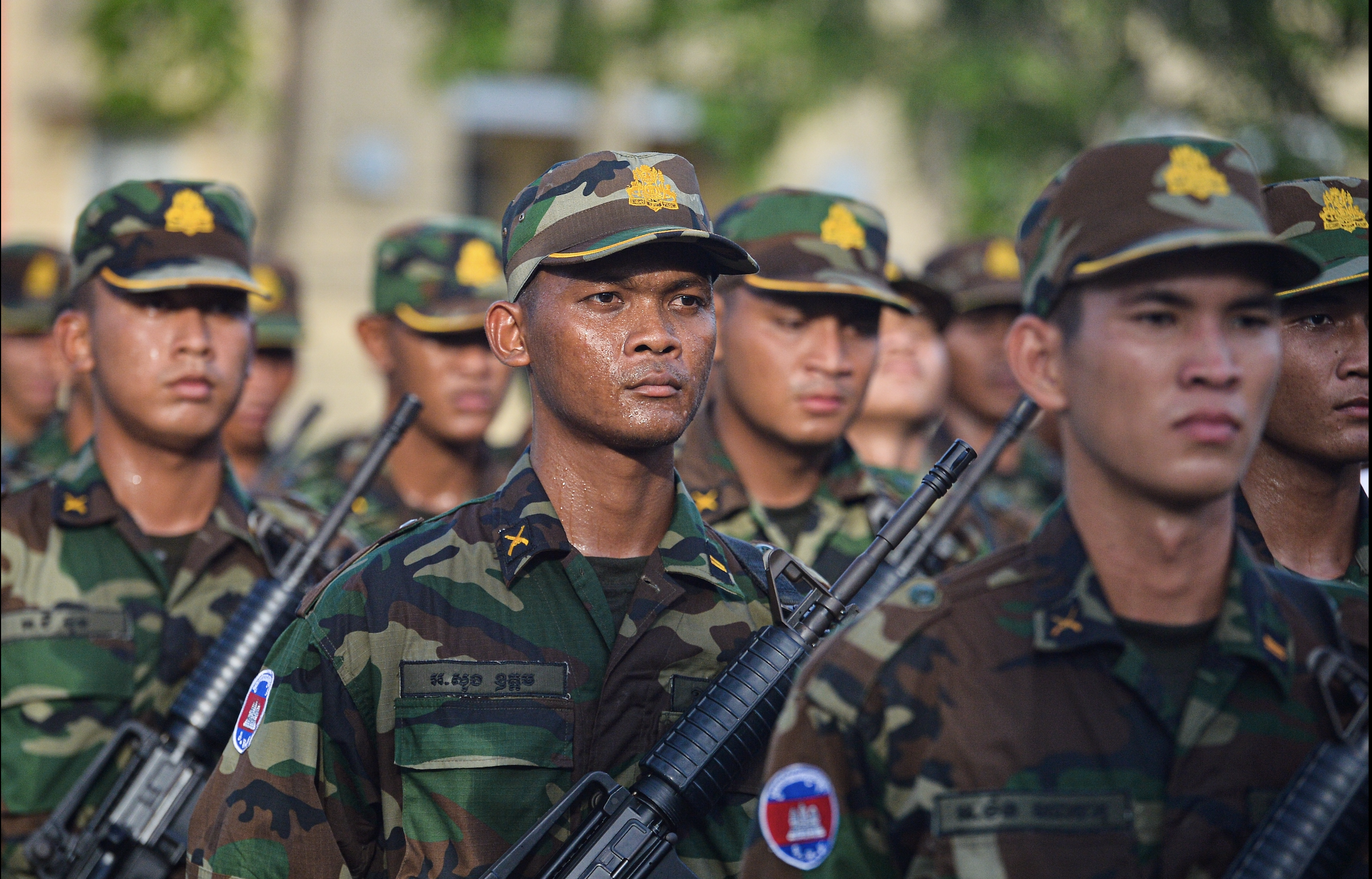

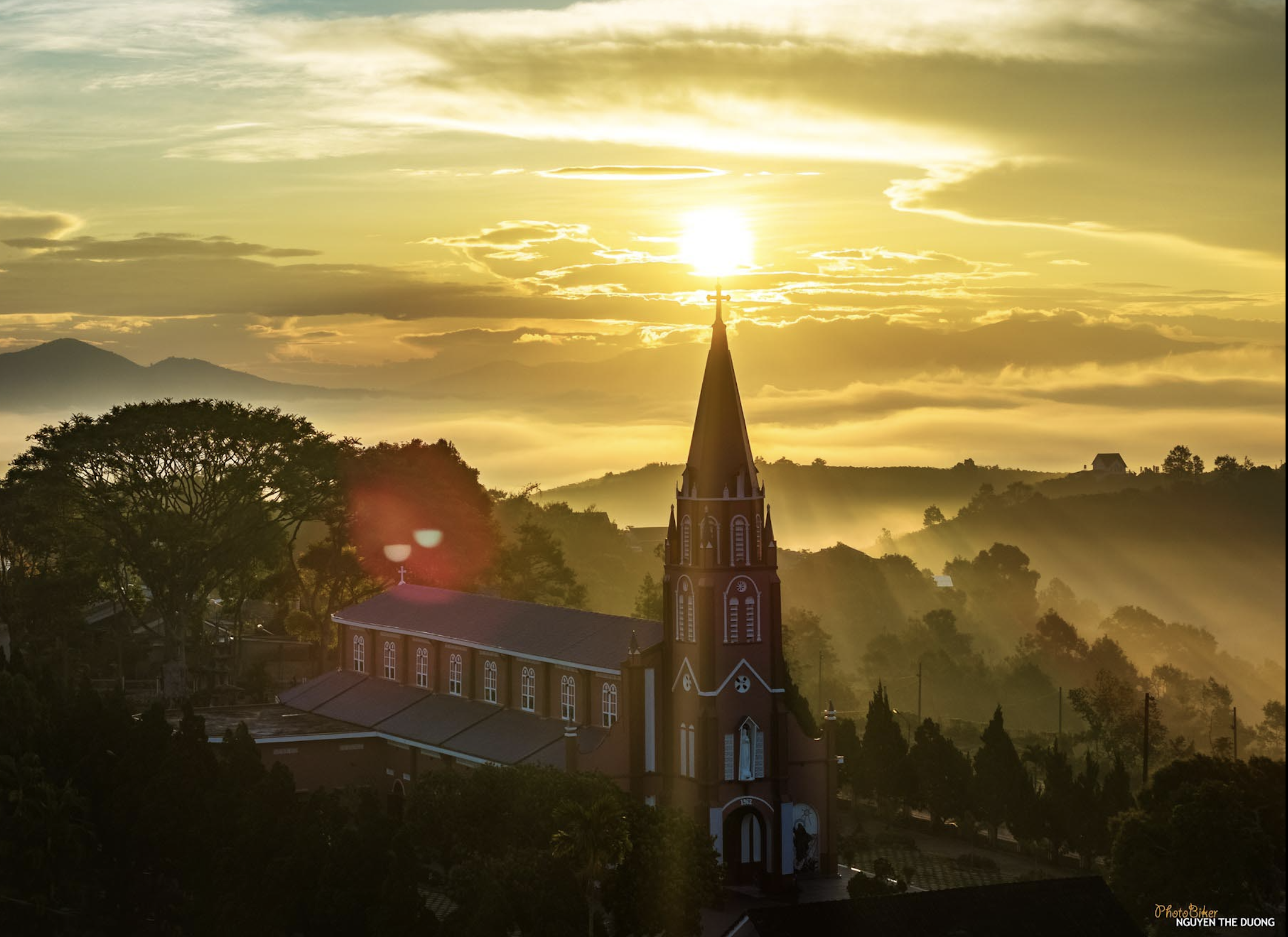
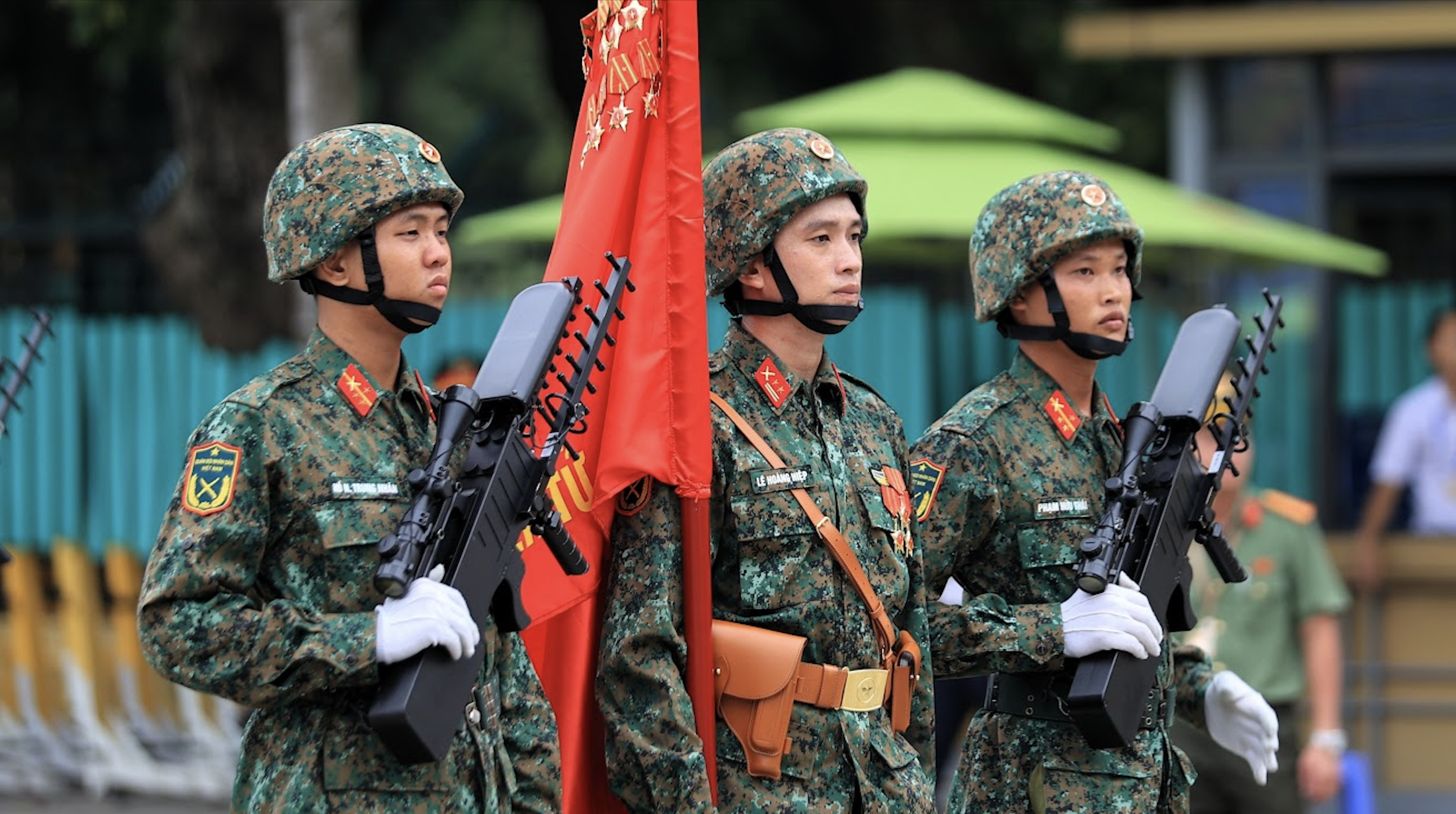
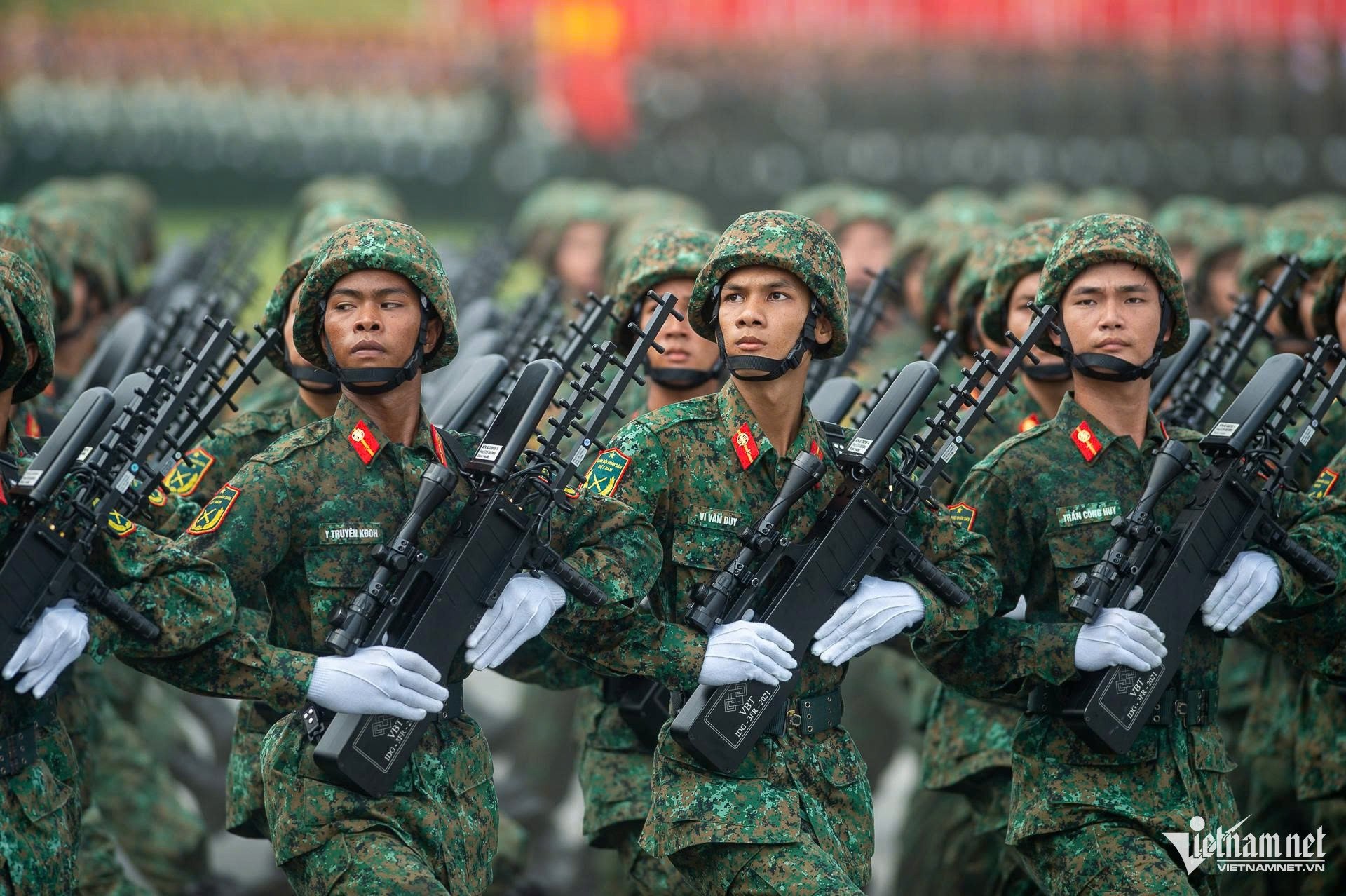


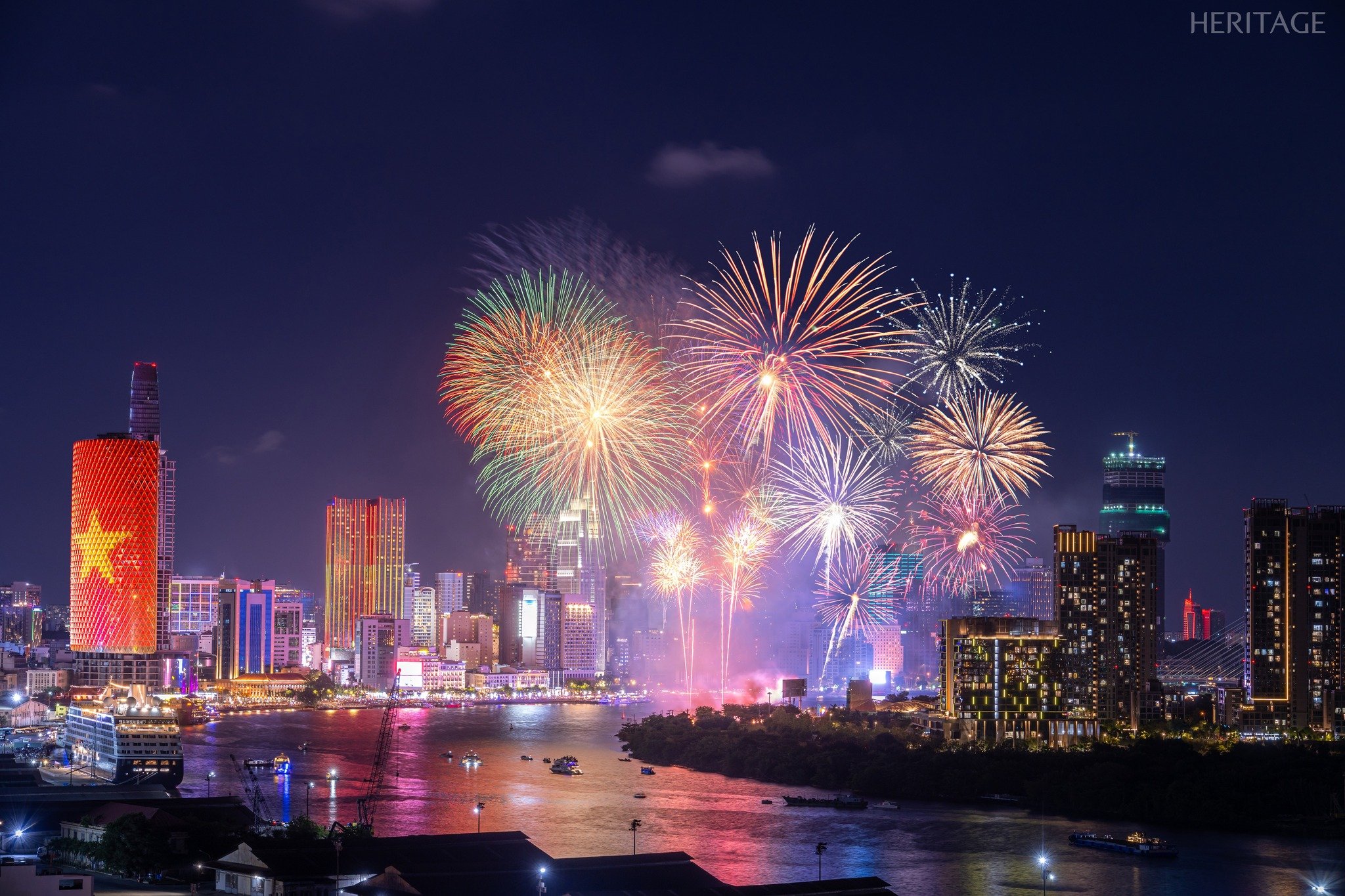
![[Photo] President Luong Cuong attends special political-artistic television show "Golden Opportunity"](https://vstatic.vietnam.vn/vietnam/resource/IMAGE/2025/8/22/44ca13c28fa7476796f9aa3618ff74c4)
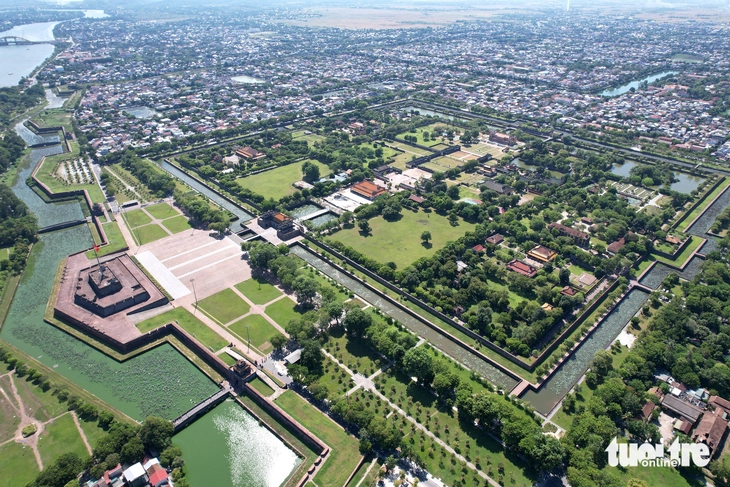

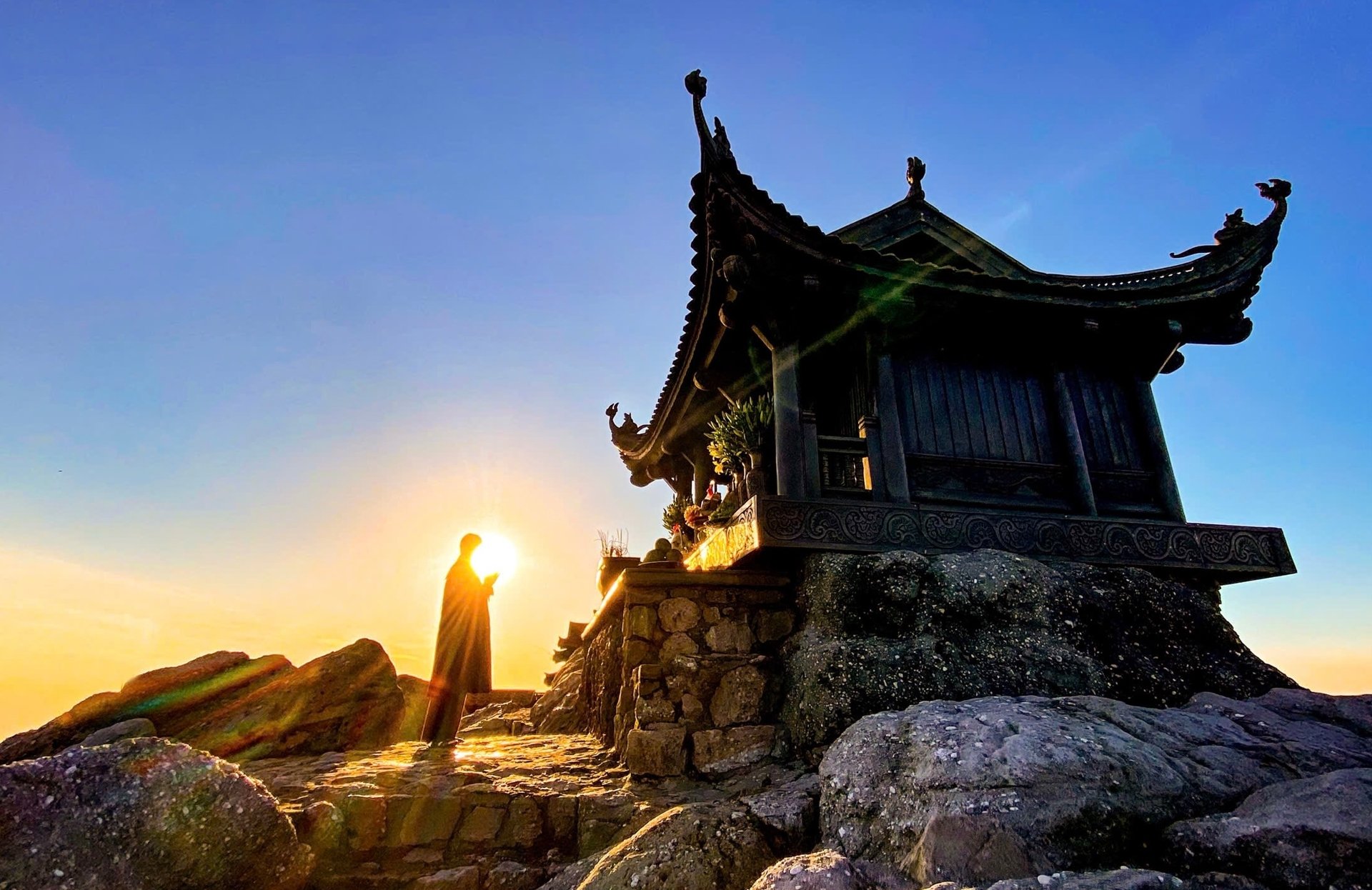

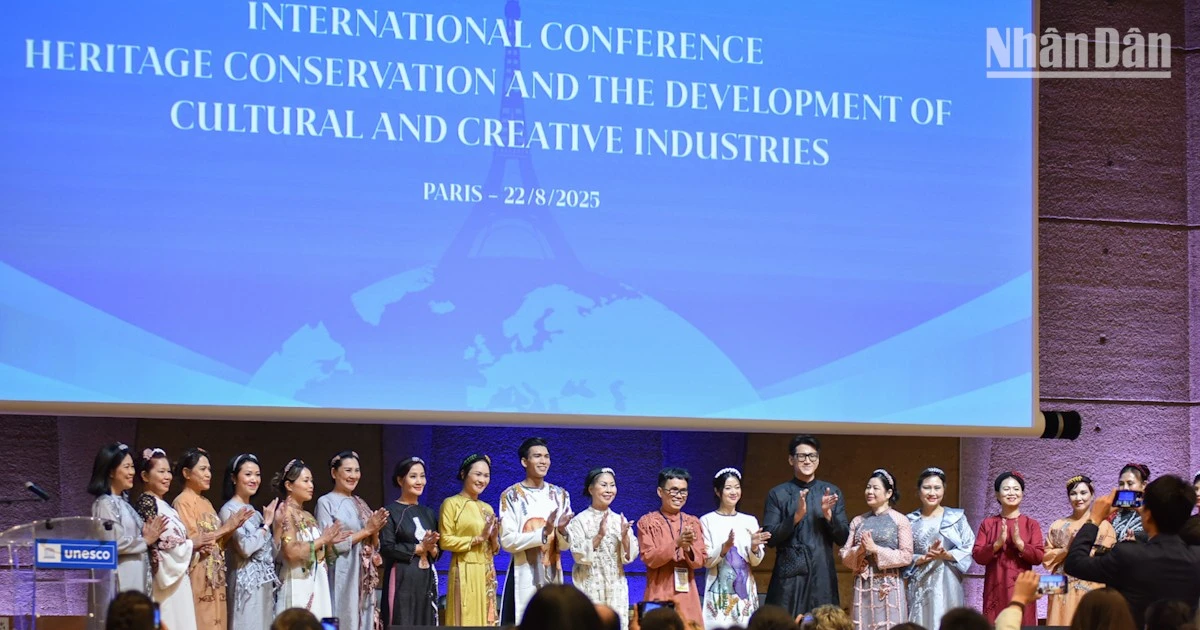






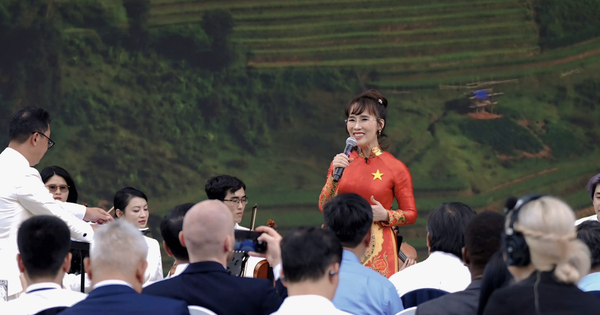

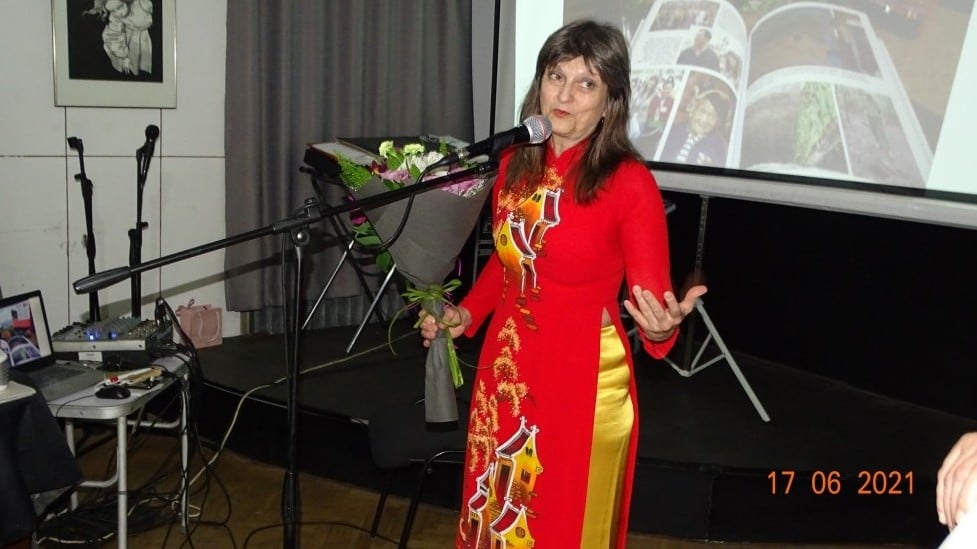



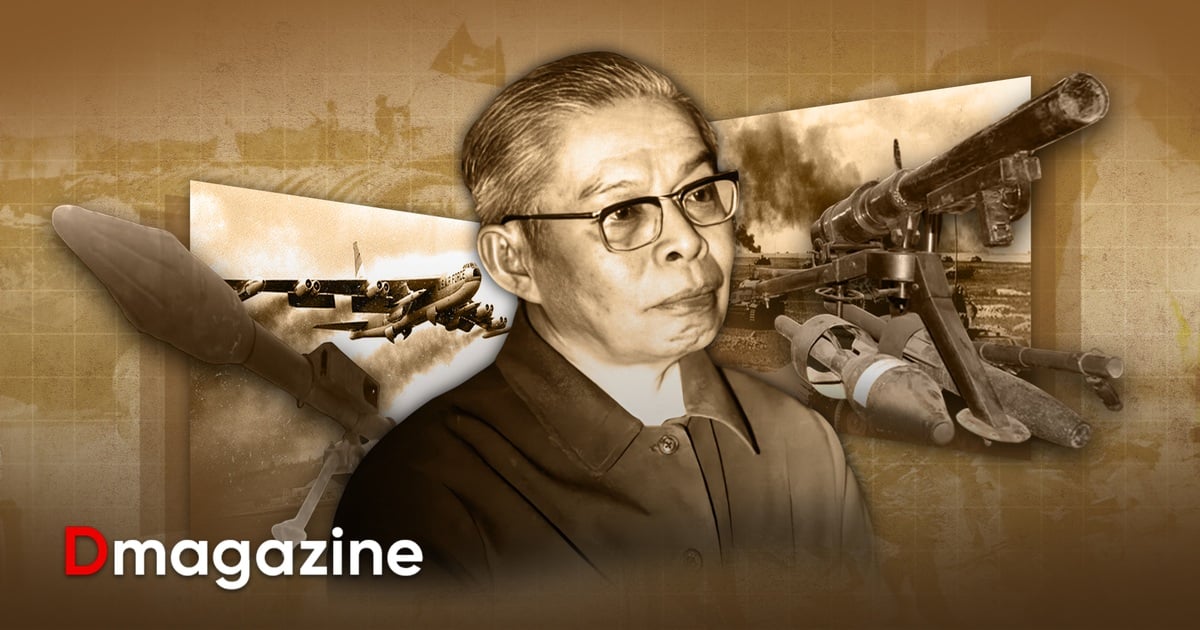











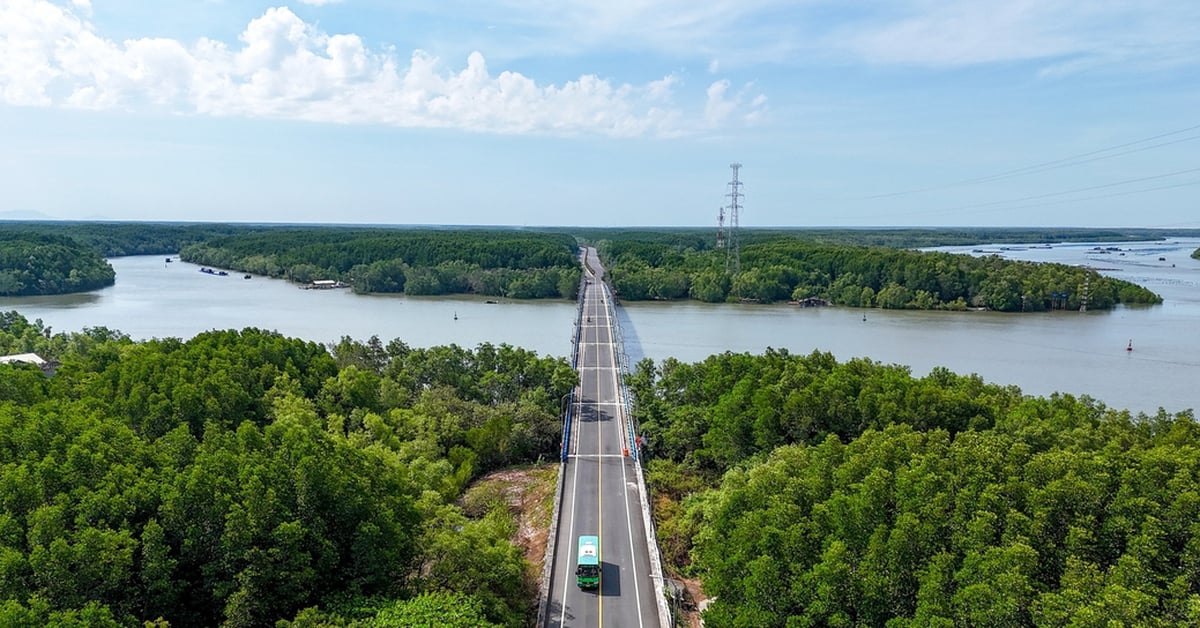
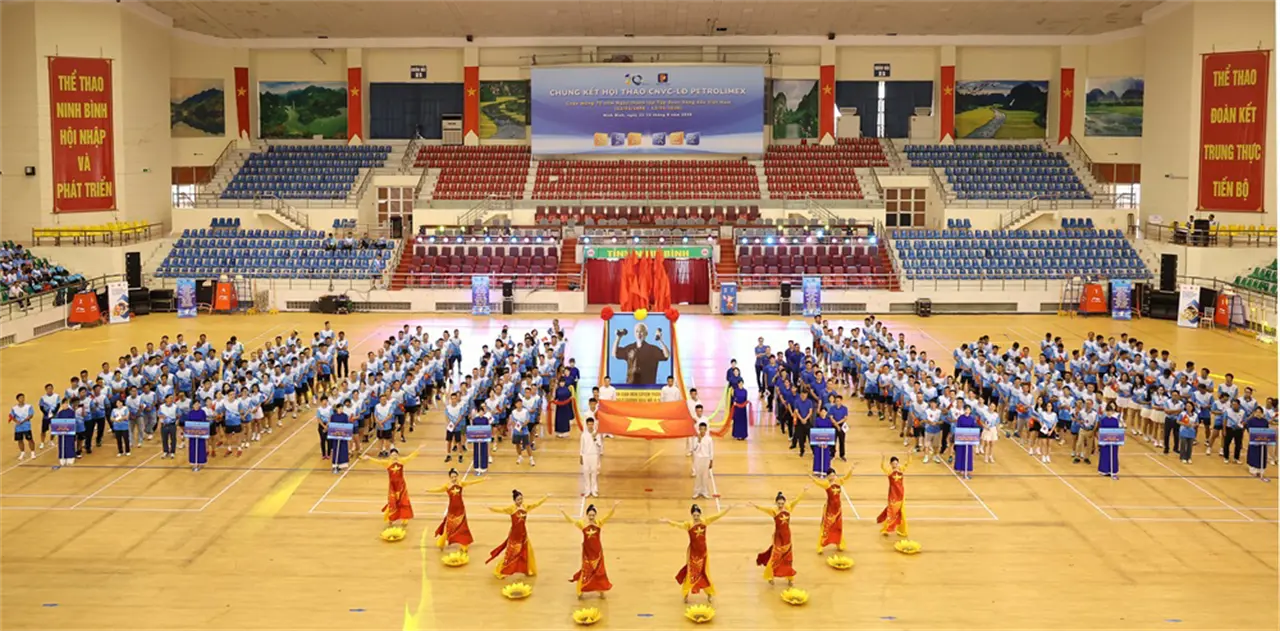
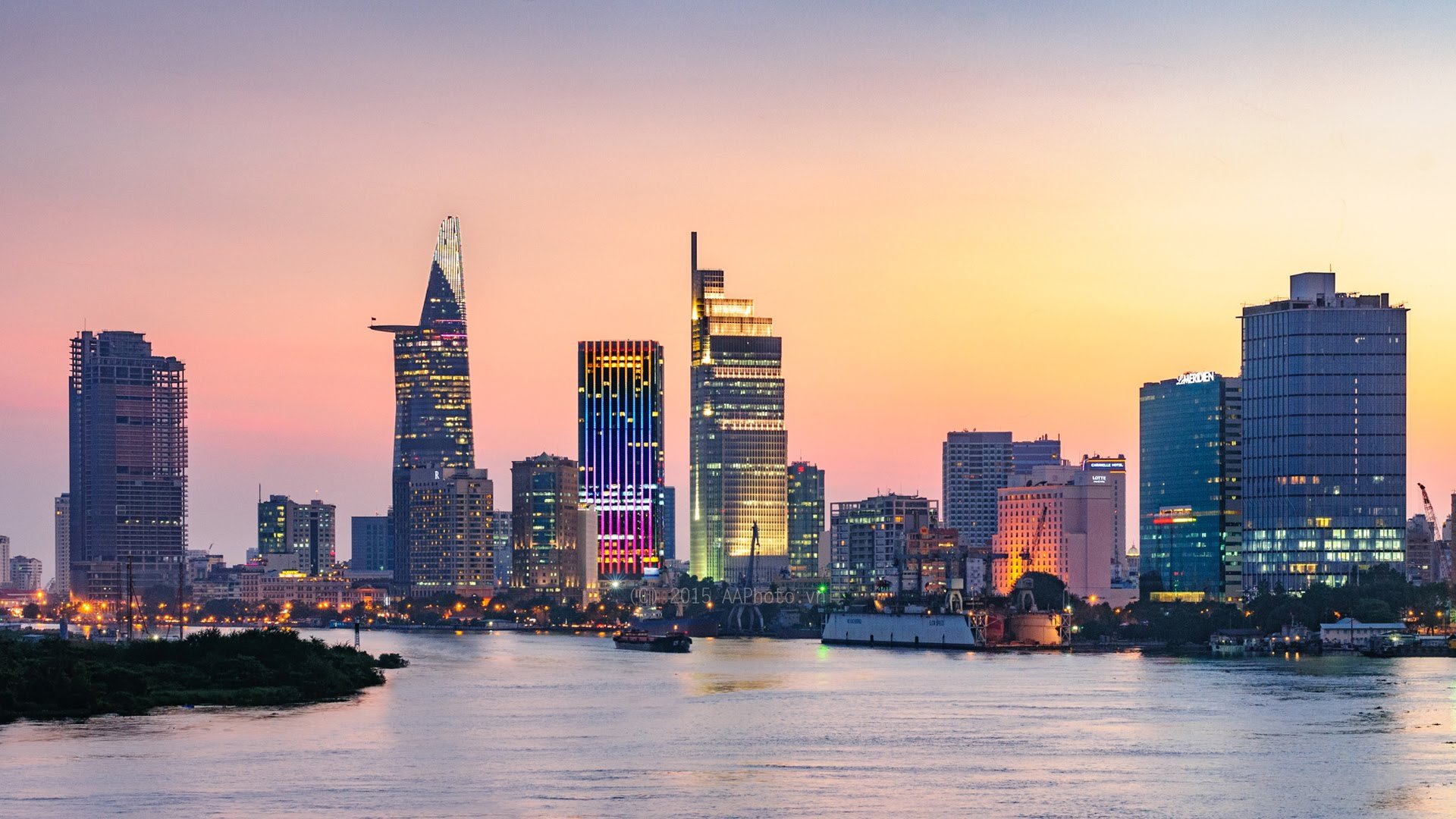

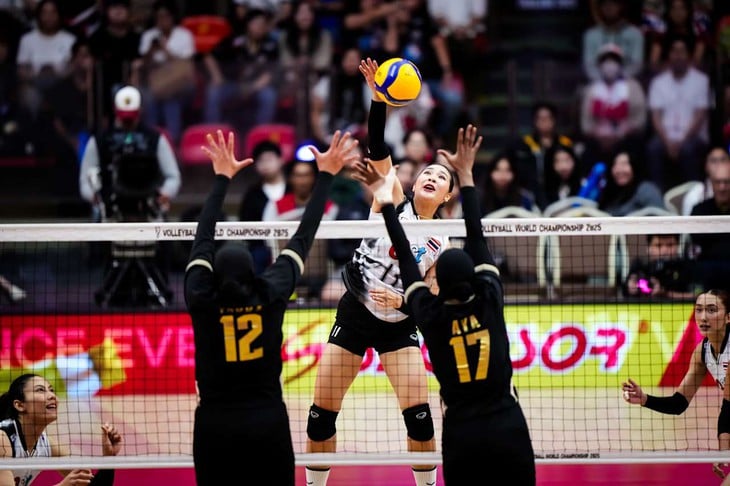
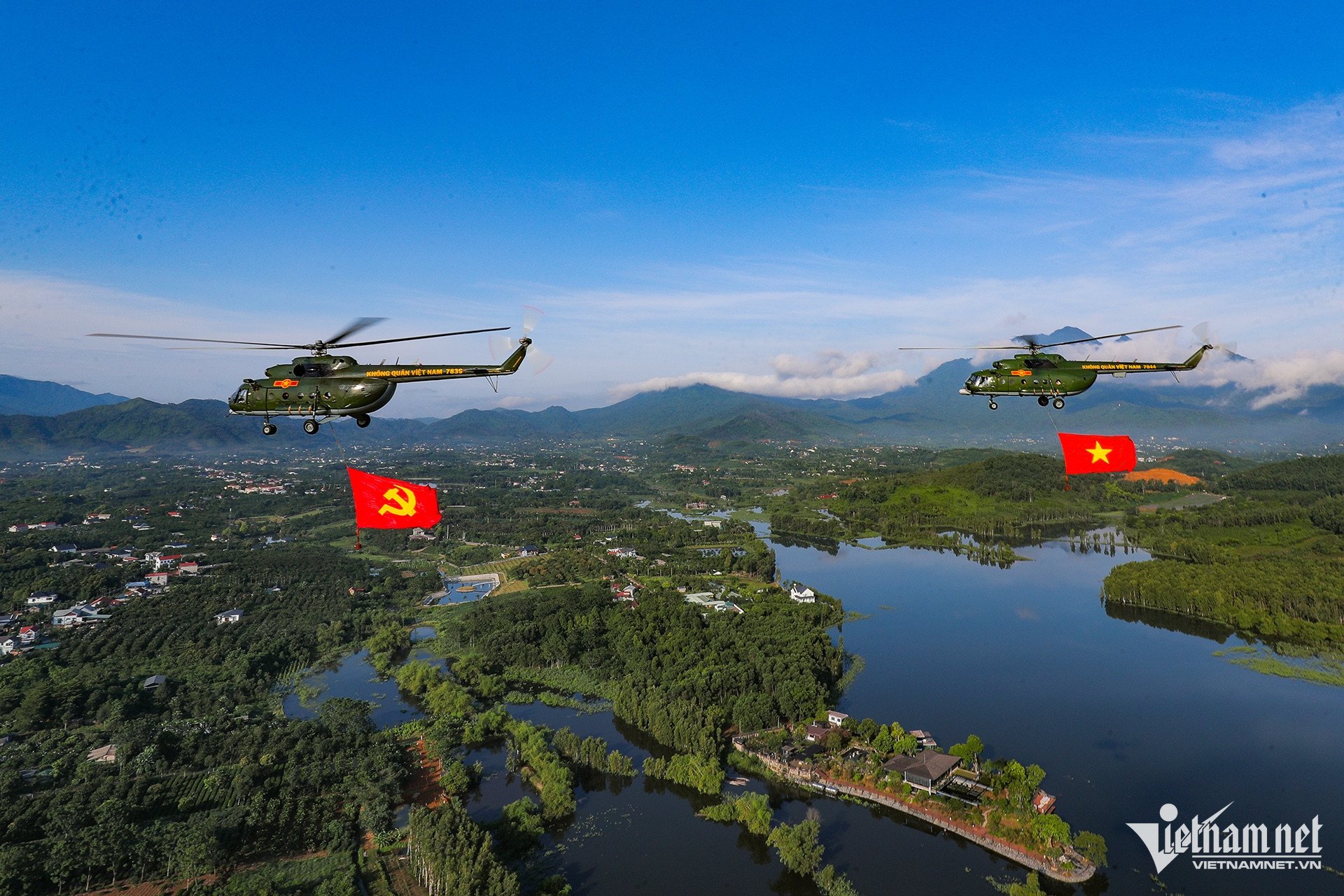
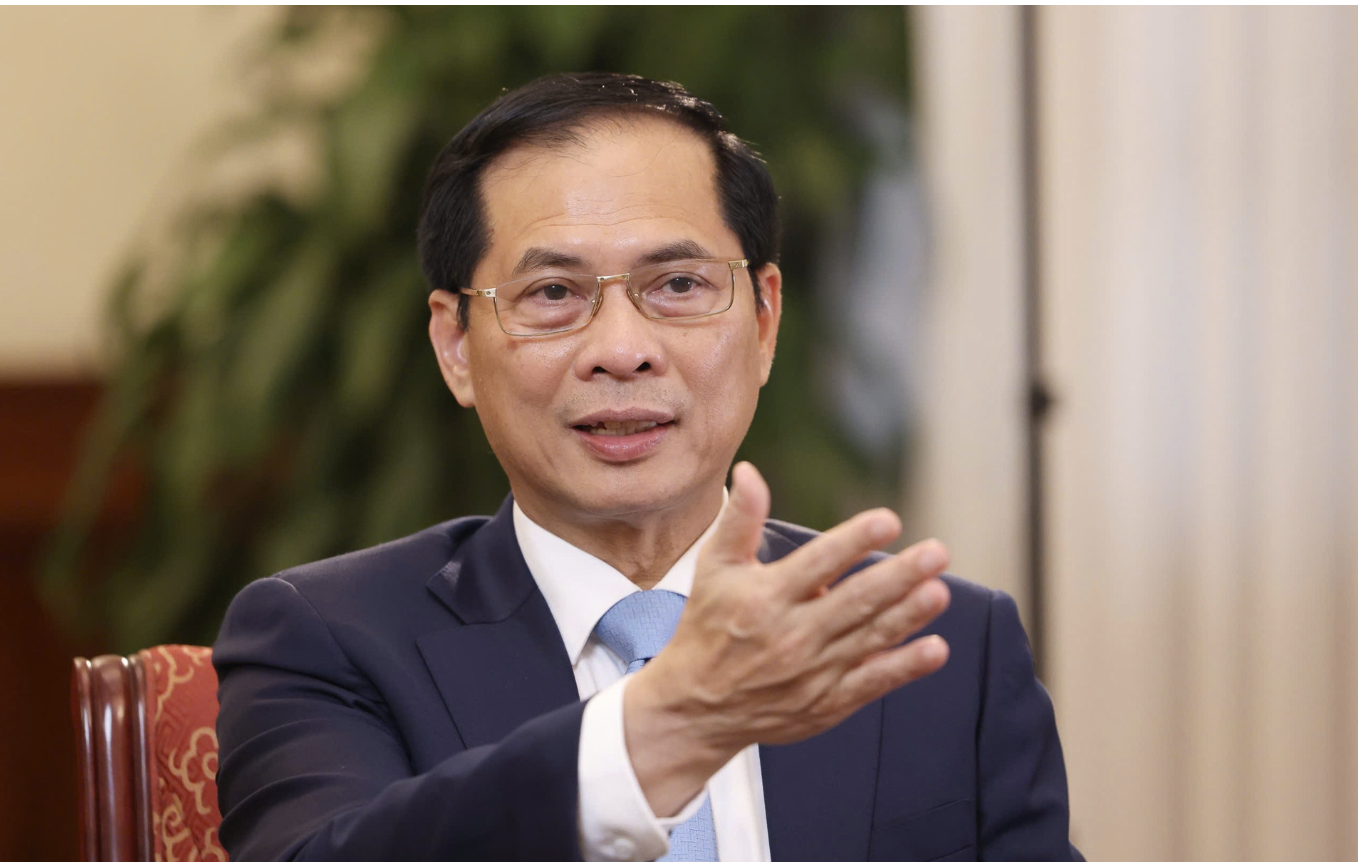
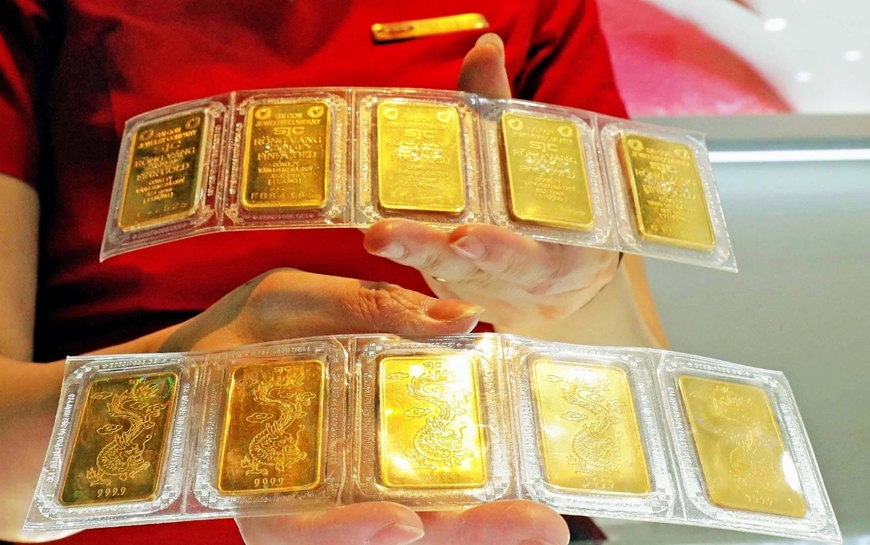
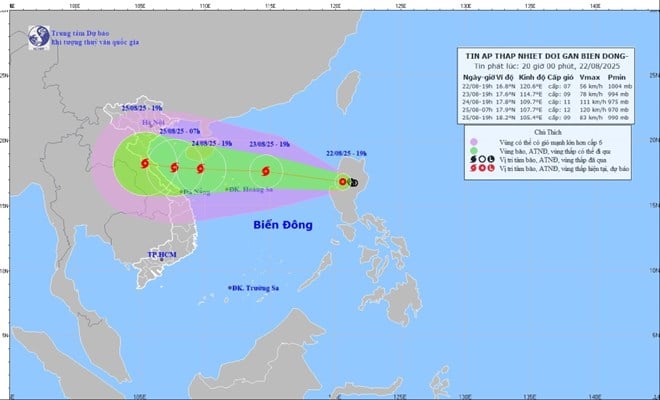

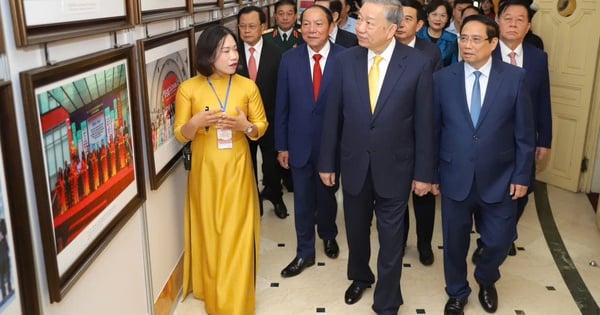

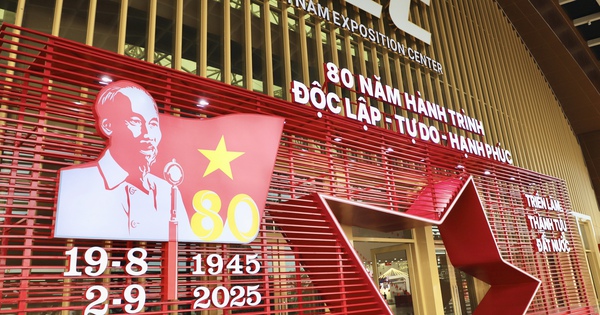
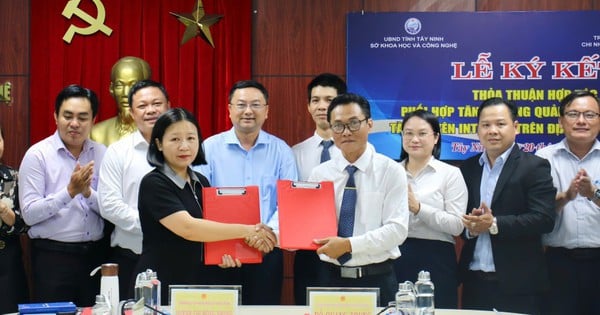

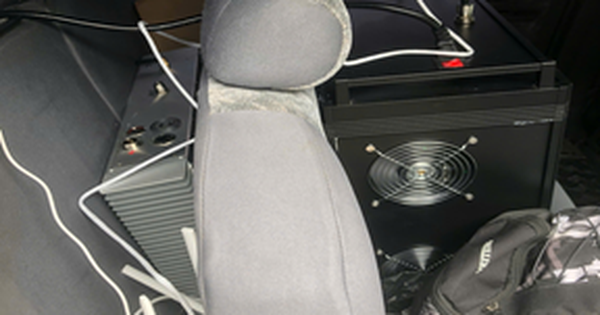
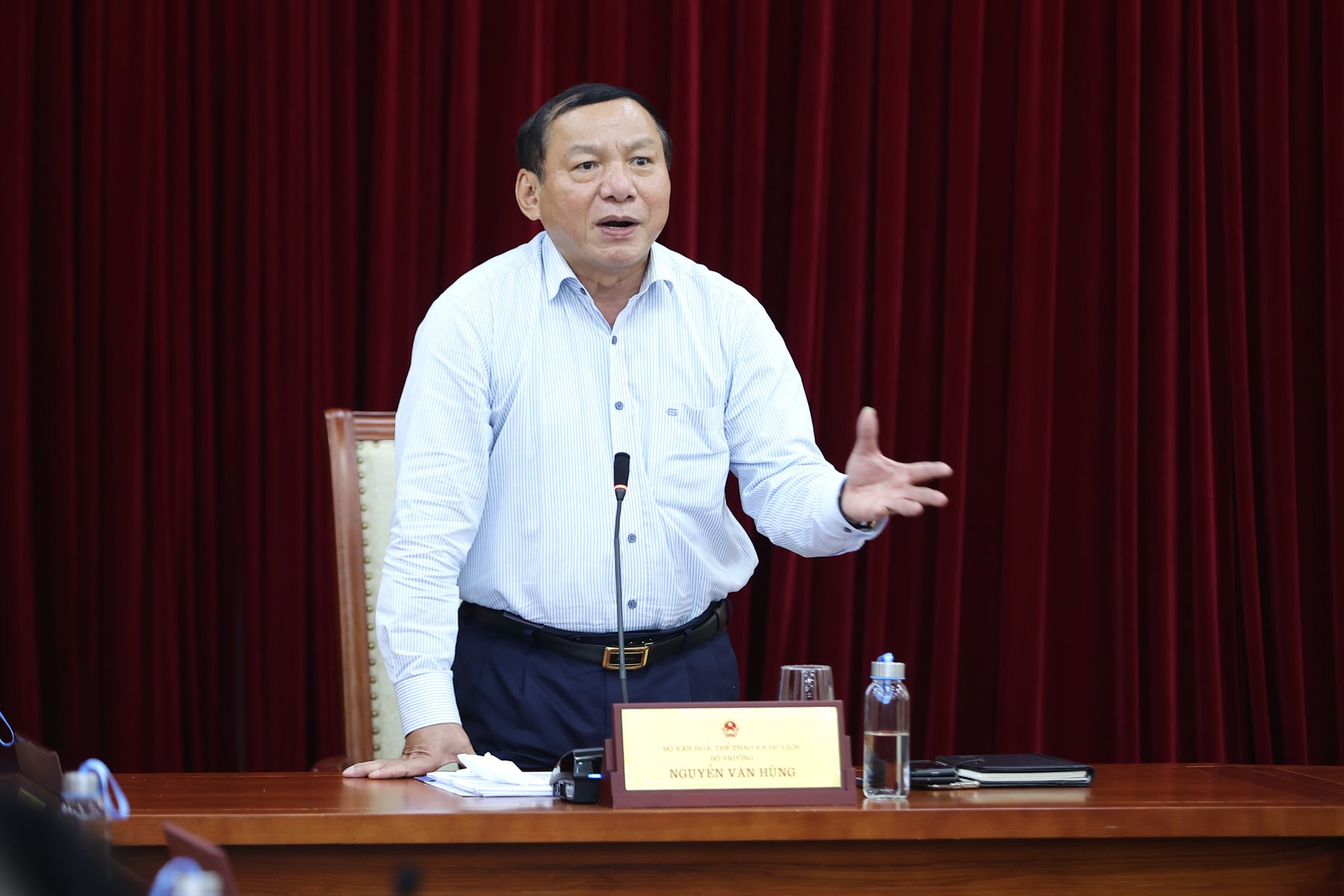
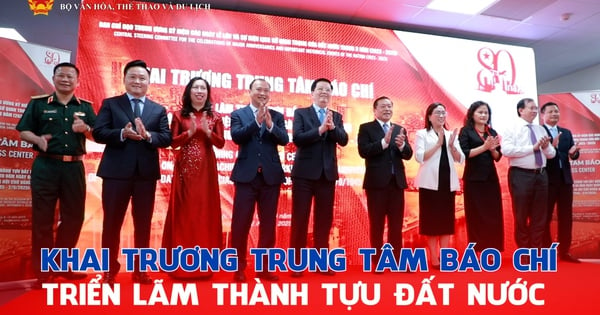


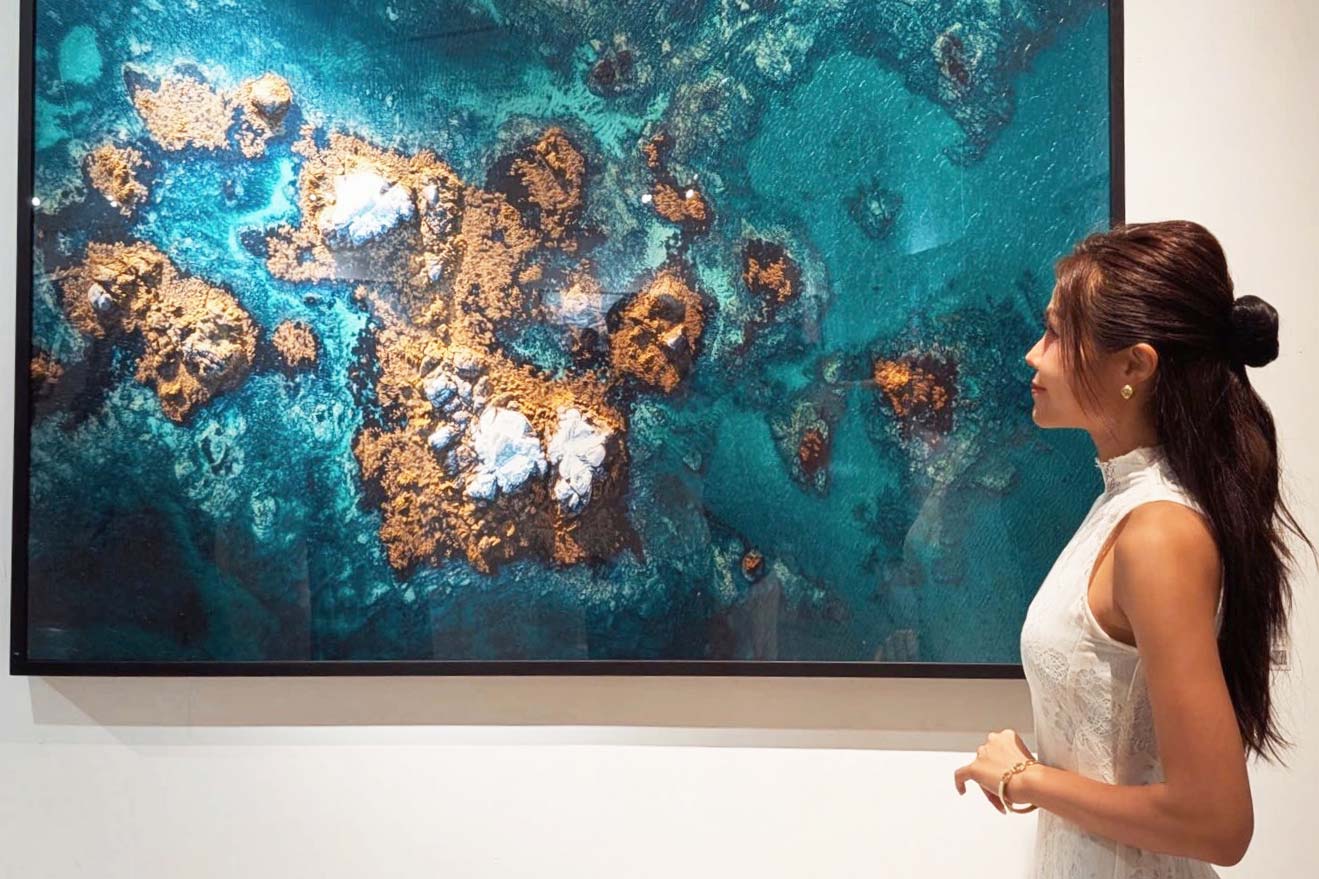


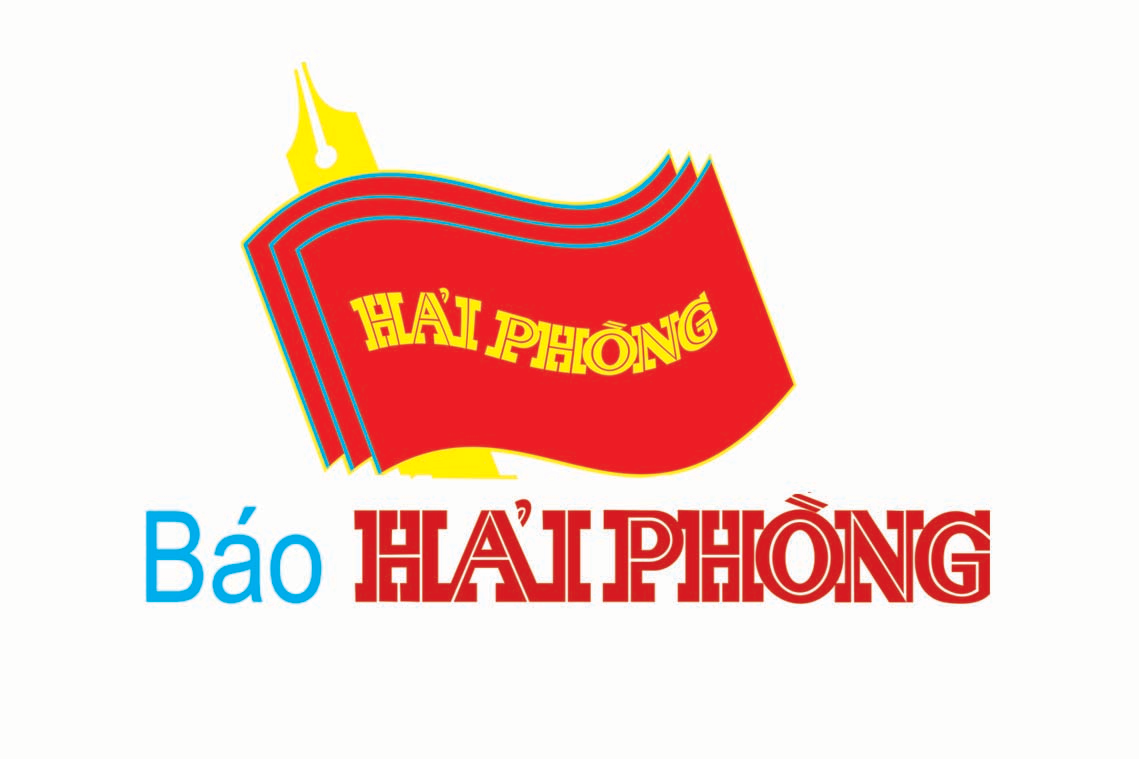

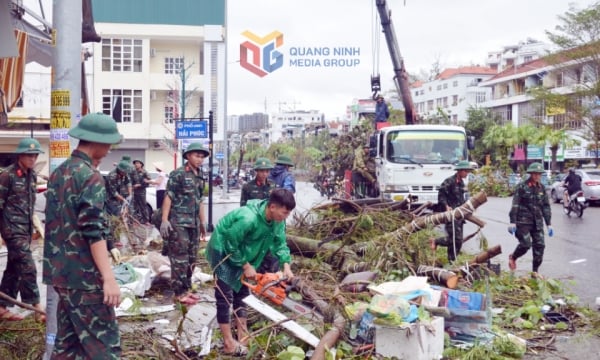

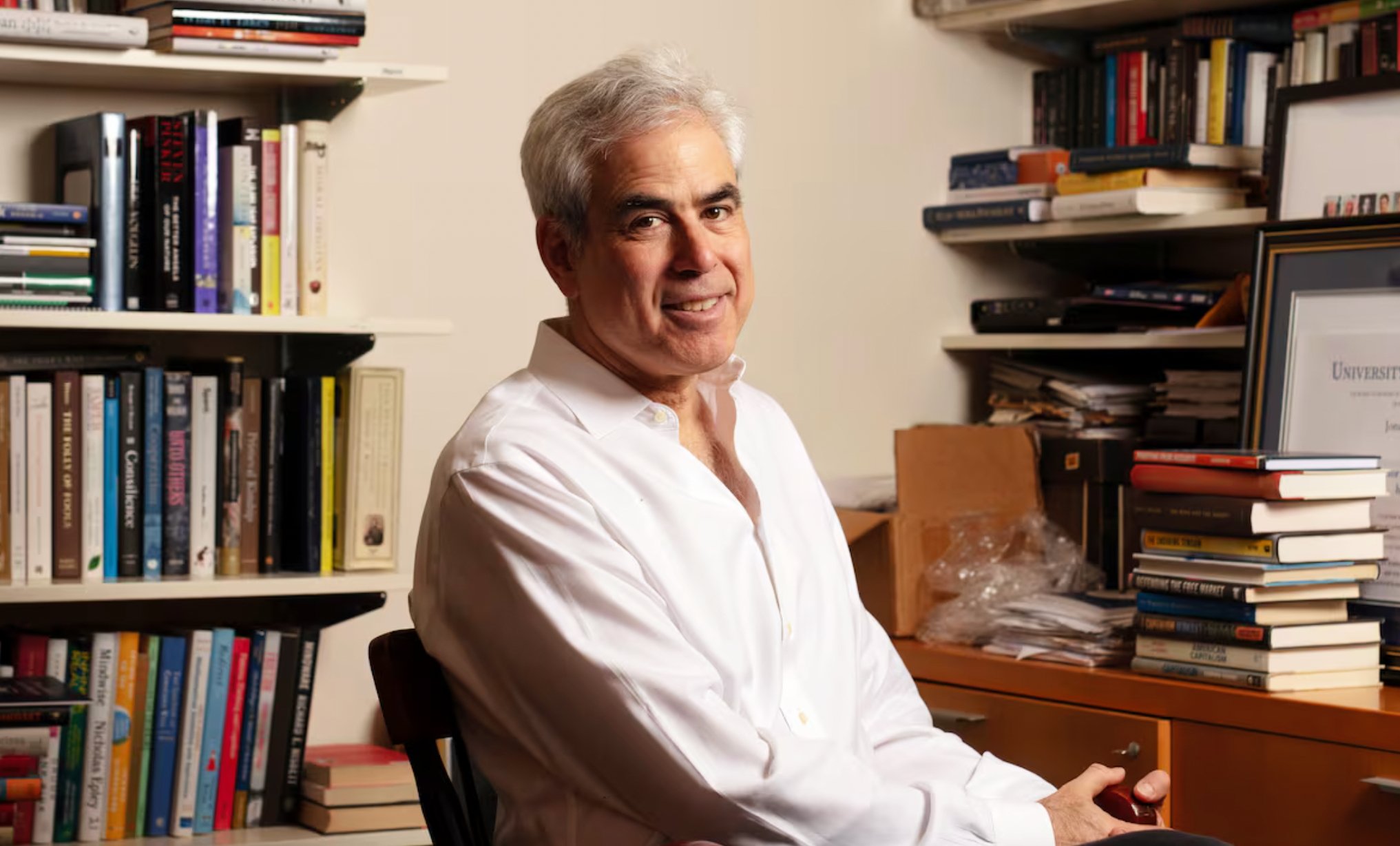
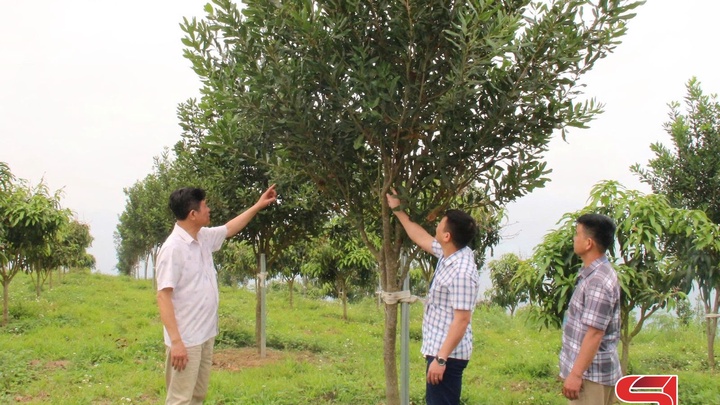

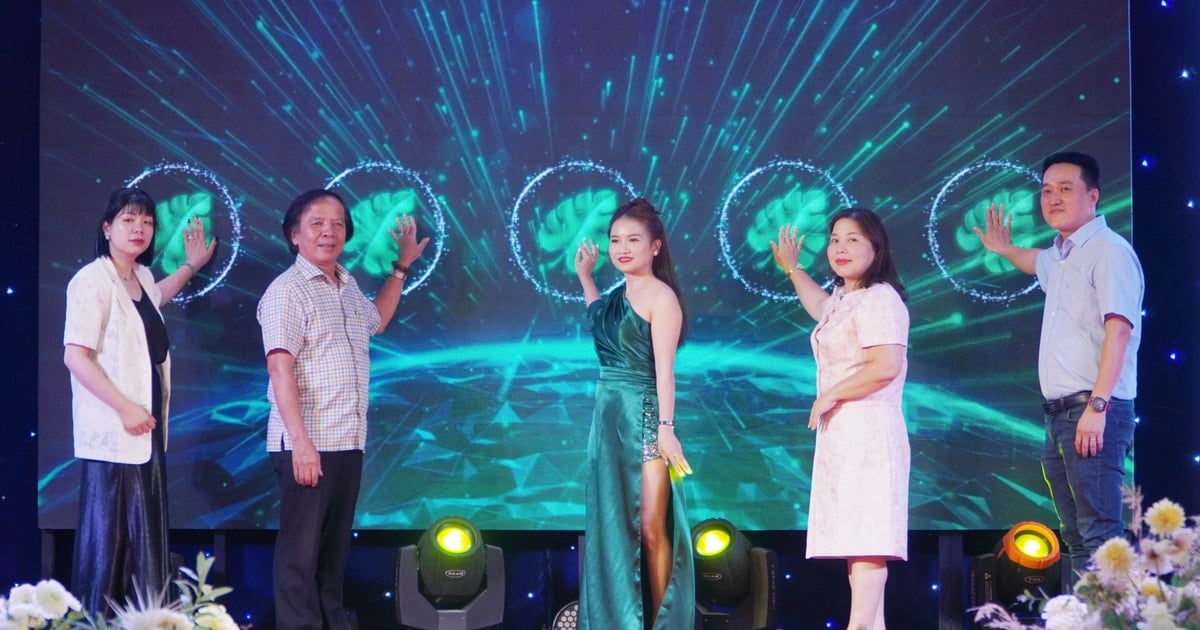

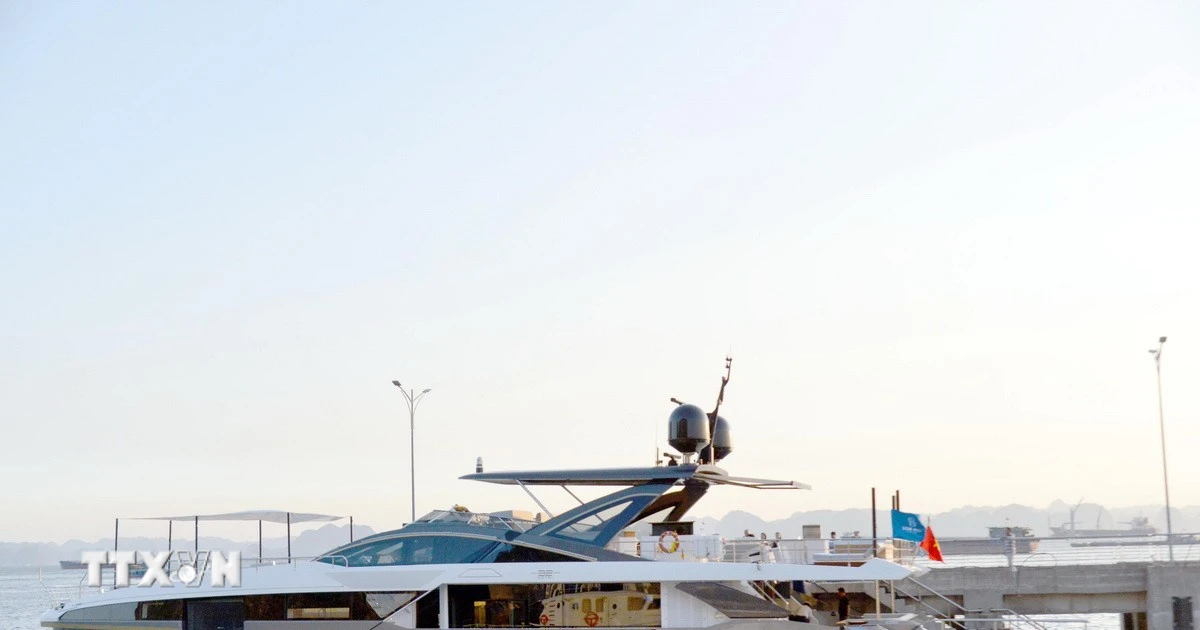











Comment (0)